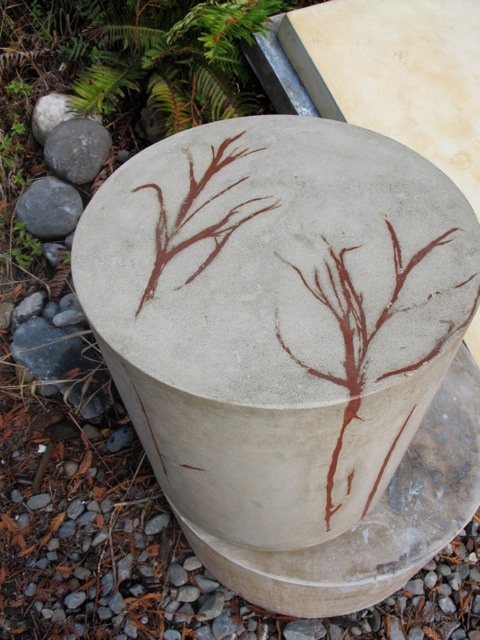

Pling the elder on concrete full#
Who, before the excavations of Pompeii, knew that many ordinary Romans, having only small, rudimentary kitchens, seem to have eaten takeout for dinner? But if you go to Pompeii, as millions of tourists do each year, you can view the storefront food shops with the pots, sunk in their counters, that once contained fish stews, boiled lentils, and so on, ready to be bought and carried home.Īnd who, apart from those who have survived a war, knew what a person dying from thermal shock looked like? Archeologists examining Pompeii and neighboring cities eventually came upon rooms full of skeletons, many of them surrounded by a bubble of empty space, which marked the outline of the victims’ flesh. Today, these things stand as a kind of textbook of how the citizens of Campania, the region over which Vesuvius loomed, lived in the late first century.

Although some two thousand of the town’s inhabitants were killed, much of their world-the tools they gardened with, the paving stones they walked on, the graffiti they scratched on the walls of their brothels (“Posphorus fucked here”), the loaves of bread left baking in the oven, marked off into eight portions, just like a modern pizza-survived, however altered, under the layers of ash and pumice and rock that the volcano dumped on it. Likewise, Pompeii, the hardest hit of the communities lying at the base of the volcano, is, for many people, the world’s most compelling archeological site. When we think of the worst thing Mother Nature could do to us, we are likely to think of Vesuvius. For Westerners, that explosion is probably the paradigmatic natural disaster. The English classicist Daisy Dunn, in her book “ The Shadow of Vesuvius: A Life of Pliny” (Liveright), wisely does not resist the temptation. Vesuvius, on the Bay of Naples, in 79 A.D., for Pliny was the only writer to leave us an eyewitness account of the catastrophe. If you were writing a biography of Gaius Plinius Caecilius Secundus-or Pliny the Younger, the author of one of the most famous collections of letters surviving from the early Roman Empire-it would be hard not to start with the eruption of Mt.


 0 kommentar(er)
0 kommentar(er)
